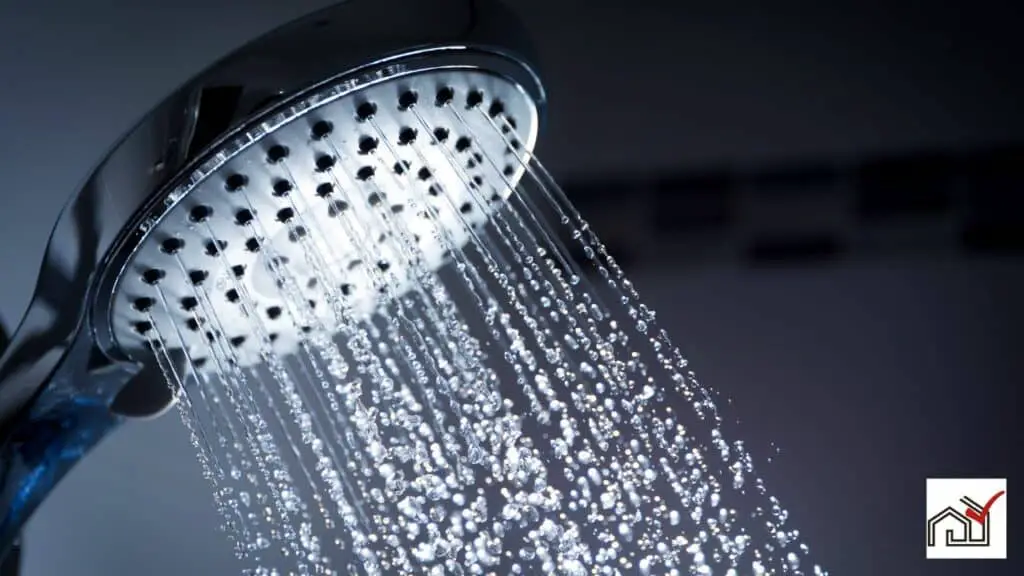Mastic is an organic tile adhesive that's easy to apply and quickly adheres tiles. However, mastic is not suitable for high moisture areas like showers because it can absorb water. This can lead to reduced effectiveness and durability.
Instead, thinset mortar is recommended for shower installations due to its better resistance to moisture. It is important to choose the right adhesive to ensure the longevity and structural integrity of shower tiling.
Understanding Mastic Adhesive
Mastic adhesive is an organic glue used for installing tiles in dry, interior areas. It sets quickly and is easy to use, ideal for walls and decorative tiling where there's little moisture. There are two types of mastic adhesive: Type 1, which has some water resistance, is suitable for areas with occasional water contact but not for places with constant water exposure; Type 2 is less water-resistant.
Mastic dries physically, not chemically like thinset, which can weaken its bond in wet conditions, leading to tile detachment. Therefore, mastic should not be used in showers or any area that's frequently wet. For projects without significant moisture, mastic is effective, convenient, and can ensure a long-lasting tile installation.
Mastic Vs. Thinset Mortar
Mastic and thinset mortar differ significantly, particularly regarding moisture resistance. Mastic is an organic adhesive that can absorb water and break down, making it unsuitable for wet areas like showers. Thinset mortar, a cement-based adhesive, maintains its strength in wet conditions, which is ideal for showers.
Mastic is convenient since it's premixed and comes in resealable containers, but it's not as moisture-resistant as thinset. Thinset needs mixing but forms a durable bond and works well with waterproofing membranes in showers.
Installers generally prefer thinset for shower walls, although mastic is sometimes considered acceptable by manufacturers. However, due to the high moisture risk, thinset is the safer choice. For shower floors, where direct water contact occurs, thinset is even more recommended. It's also the preferred adhesive for tub surrounds, countertops, and other moist areas.
It's important to discuss adhesive options with installers, and mastic should not be used for shower floors.
Water Exposure and Mastic Durability
Mastic adhesives are not ideal for areas with continuous moisture, such as showers. They offer limited water resistance and can break down over time when exposed to persistent moisture. Type 1 mastics are more water-resistant than Type 2 but still fall short in high-moisture areas.
Water absorption by mastic can weaken the adhesive and foster mold growth, posing health risks. The ANSI A136.1-2008 standard recommends against using mastic on vertical shower walls due to its insufficient water resistance.
For shower floors, mastic use is not recommended because it can soften and fail, possibly causing tiles to move. Polymer-modified thin-set mortar is the preferred choice for these areas, as it effectively resists water and remains durable, ensuring the longevity and stability of the tiled area.
Best Practices for Mastic Application
For proper mastic adhesive application on shower walls, follow these guidelines:
- First, consult the manufacturer's instructions for the correct environment and substrates to ensure compatibility and durability of the mastic.
- When using mastic, be mindful of the tile and grout size limits specified by the manufacturer. Mastic is typically suitable for smaller tiles. Ensure the surface is clean, dry, and stable before application to avoid bonding problems.
- Apply mastic evenly with a notched trowel at a consistent angle to prevent air pockets under the tiles.
- Allow the mastic to cure fully before exposing it to moisture. The time needed for curing depends on the product, environmental conditions, and ventilation. Do not shorten this period, as it could weaken the bond and cause future failures.
Limitations of Mastic in Showers
Mastic adhesive has several limitations when used in showers. It is not waterproof, can absorb water, and this can lead to the adhesive bond weakening over time. The high moisture and low ventilation in showers can prevent mastic from drying properly, creating conditions that encourage mold and mildew growth, which can be harmful to health and reduce the shower's visual appeal. It also dries slower with larger tiles and narrower joints.
Additionally, mastic is not compatible with the waterproofing membranes often needed in showers, limiting its use. Mastic may be used in less frequently used residential showers, but it is not recommended by building professionals.
For showers, it is better to use adhesion methods that are more resistant to moisture and less prone to mold and mildew to ensure the shower's durability and safety.
Alternatives to Mastic for Showers
Thinset mortar is recommended for shower tiling due to its superior water resistance and compatibility with waterproofing membranes. It is the preferred choice for setting ceramic tile in areas prone to moisture. Mastic, on the other hand, can weaken when exposed to water, while thinset cures to form a durable bond that handles wet conditions well.
The cement-based thinset mortar not only hardens by hydration but also through a heat-producing chemical reaction, enhancing its strength for use in showers. Manufacturers advise using thinset for shower walls to ensure a reliable tile installation.
For shower floors, where water exposure is greater, thinset is particularly important as mastic may absorb water and fail. Thinset is versatile and is commonly used for wet areas such as showers, tub surrounds, and countertops. Professionals prefer it to guarantee long-lasting tile installations in wet environments.
Final Recommendations on Mastic Use
Use Type 1 mastic in shower areas only where the manufacturer approves. According to ANSI A136.1-2008 guidelines, mastic adhesives are not suitable for high moisture conditions such as showers, as they may lead to tile failure and mold. Instead, use polymer-modified thin-set mortar for attaching fixtures in shower areas, as it provides stronger bonding and moisture resistance.
Do not use mastic on vertical shower walls or steam showers. Manufacturers typically advise against this because mastic can weaken under prolonged moisture and heat. Ignoring this advice can result in water damage and tile detachment.





